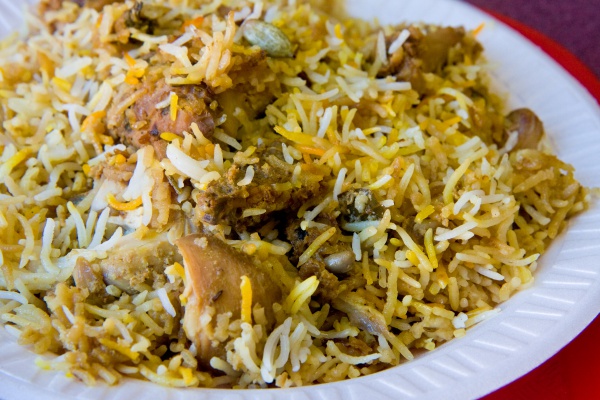Facts About Biryani
Biryani is a cherished mixed rice dish that originates from the Muslim communities of the Indian subcontinent, but you'll find delectable variations worldwide. At its heart, biryani melds rice with meat, a blend of Indian spices, and sometimes includes vegetables or eggs for added flavor. The term "biryani" is derived from Persian, meaning "fried before cooking."
Every region offers its distinct take on biryani, whether it's North or South India, Hyderabad, Kerala, or Karnataka, resulting in unique versions with diverse flavors and ingredients. The origins of biryani remain somewhat enigmatic, with theories ranging from Mughal kitchens, Persian pilaf, and Arab traders to South Indian pilaf varieties.
What distinguishes biryani from pulao is its preparation method. Biryani involves layering meat and rice, creating a richer gravy, using more robust spices, and often requiring a longer cooking time. Essential ingredients include ghee, an assortment of spices, meat, and rice. Premium versions might even incorporate saffron for an added touch of luxury. It is typically served with accompaniments like dahi chutney, korma, curry, boiled eggs, and salads.
There are numerous types of biryani to savor, such as Chicken 65 Biryani, Kacchi Biryani, Tehari, and Beef Biryani, each hailing from different parts of India and beyond. Countries like Burma, Iraq, Iran, Afghanistan, Indonesia, Malaysia, Singapore, Mauritius, the Philippines, South Africa, and Thailand have also crafted their own delightful versions of biryani, each with its unique twist.

 India
India